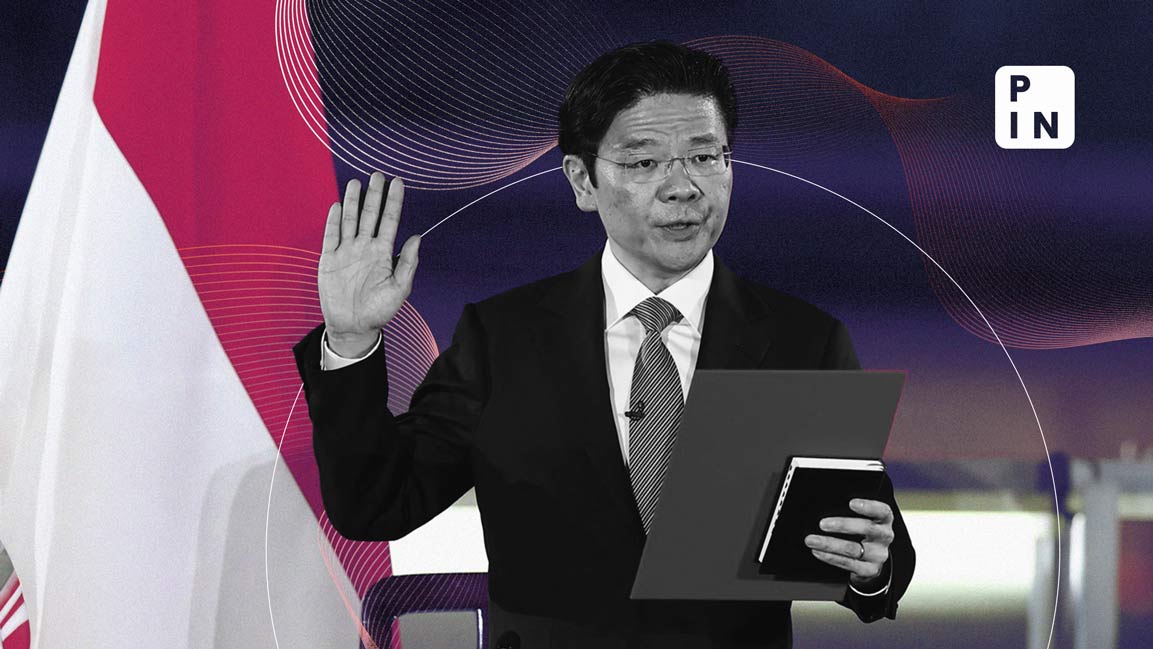- | 5:00 pm
Renewable energy tenders issued in FY24 soar to a record
Despite the record tenders of 69GW, converting these to actual power production is hindered by 40% import duties and the mandate to buy local components

Renewable energy tenders issued in fiscal 2024 in India surged to a record 69 gigawatts (GW), beating the government’s own target of 50GW by a wide margin, a private report said.
Large-scale potential for market growth, central government backing in terms of targets and regulatory frameworks, and higher operating margins were behind the increase, the Institute for Energy Economics and Financial Analysis said in a joint report, along with JMK Research.
The jump comes after a slump in activity between 2019 and 2022 amid global price shocks and supply-chain issues brought on by the covid pandemic and Russia’s invasion of Ukraine.
About a quarter of all the tenders awarded during the fiscal were from the Solar Energy Corp. of India (SECI), though the growing prominence of other tendering agencies underlines the strength of India’s renewable energy tendering ecosystem, it added.
Despite a record number of tenders last fiscal, converting these to actual power production remains challenging amid 40% import duties and the mandate to buy local components.
“These initiatives while worthy, mask the reality that local manufacturers still cannot compete on price with imports or satisfy increasing domestic demand, adding unnecessary costs and time to renewable energy projects,” the report said.
The government is weighing reinstating reverse auctions for wind projects, which were suspended after unviable tariffs led to cancellations. Government flip-flop on the issue only creates uncertainty among market stakeholders, the report added.
The renewable energy sector in India has expanded significantly through utility-scale tendering and reverse auctions, beginning with solar tenders prior to 2016 and expanding to wind in 2016, followed by the introduction of Wind Solar Hybrid (WSH) and Energy Storage Systems (ESS) by the SECI.
A “utility-scale market” comprises sectors that involve the production and provision of utilities at a large scale. These could include electricity, water, and natural gas, among others.
The government had selected four renewable energy implementing agencies (REIAs) that would lay the pathway to meet its tender goals.
The Ministry of New and Renewable Energy (MNRE) selected SECI, the National Thermal Power Corp (NTPC), Satluj Jal Vidyut Nigam (SJVN) and the National Hydroelectric Power Co. (NHPC) with mandated FY24 green energy issue targets of 15GW, 15GW, 10GW and 10GW, respectively.
The annual bidding trajectory includes quarterly targets. The first two quarters of each fiscal must have at least 15GW of renewable energy tender issued, and the target for the following two quarters is 10GW each.
While the tender issuance in the first quarter of the previous fiscal was a little slow, it picked up in the subsequent quarters to surpass the overall target of 50GW. The contribution of tendering agencies, apart from REIAs, was essential in surpassing the national target, the report added.
Renewable energy tariffs have increased by 8-10% across technologies in FY2023-24. In two years, solar tariffs have increased marginally by about 8.5%, from an average of ₹2.3-2.4 per kilowatt-hour (kWh) to ₹2.5-2.6 per kWh, despite an about 57% decline in module prices in the same period, the report said.
Between FY20-24, the share of hybrid renewable energy tenders increased from 16% to 43%.
From April 2022 to March 2024, 17 developers were awarded a cumulative capacity of more than 1GW in utility-scale renewable energy auctions.
Each of the leading five developers was allotted more than 2.5GW, with NTPC winning the largest quantum of 4,405MW. The others are ReNew, Avaada, JSW Energy and ACME. Among these, JSW Energy is a relatively new entrant in the renewable energy tendering landscape, having secured its first auction win in FY21.
India’s power consumption rose about 11% year-on-year to 144.25 billion units last month on increase in temperatures, the Press Trust of India reported last week, citing official data.













